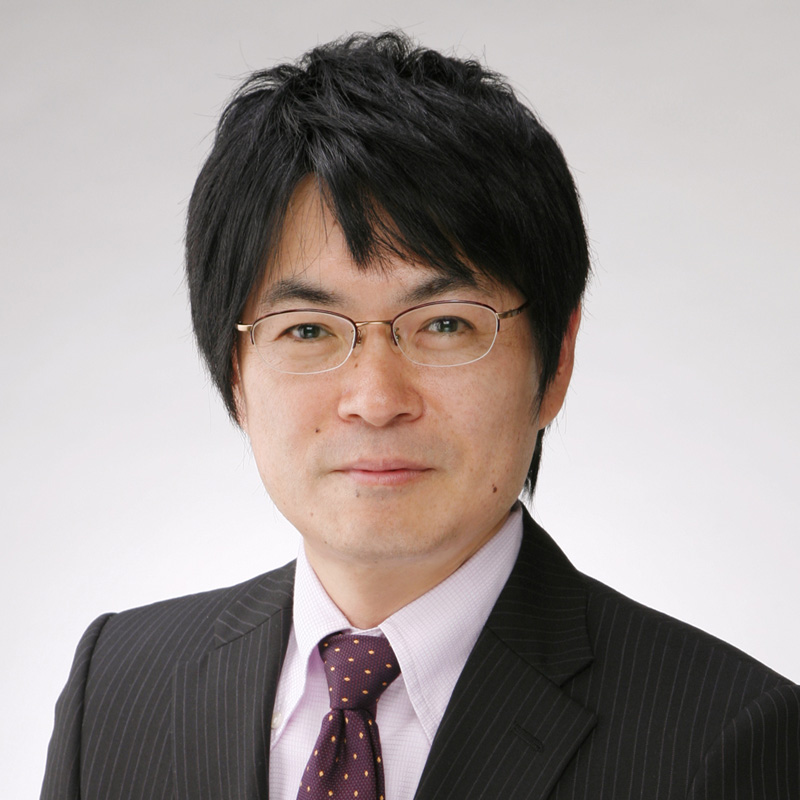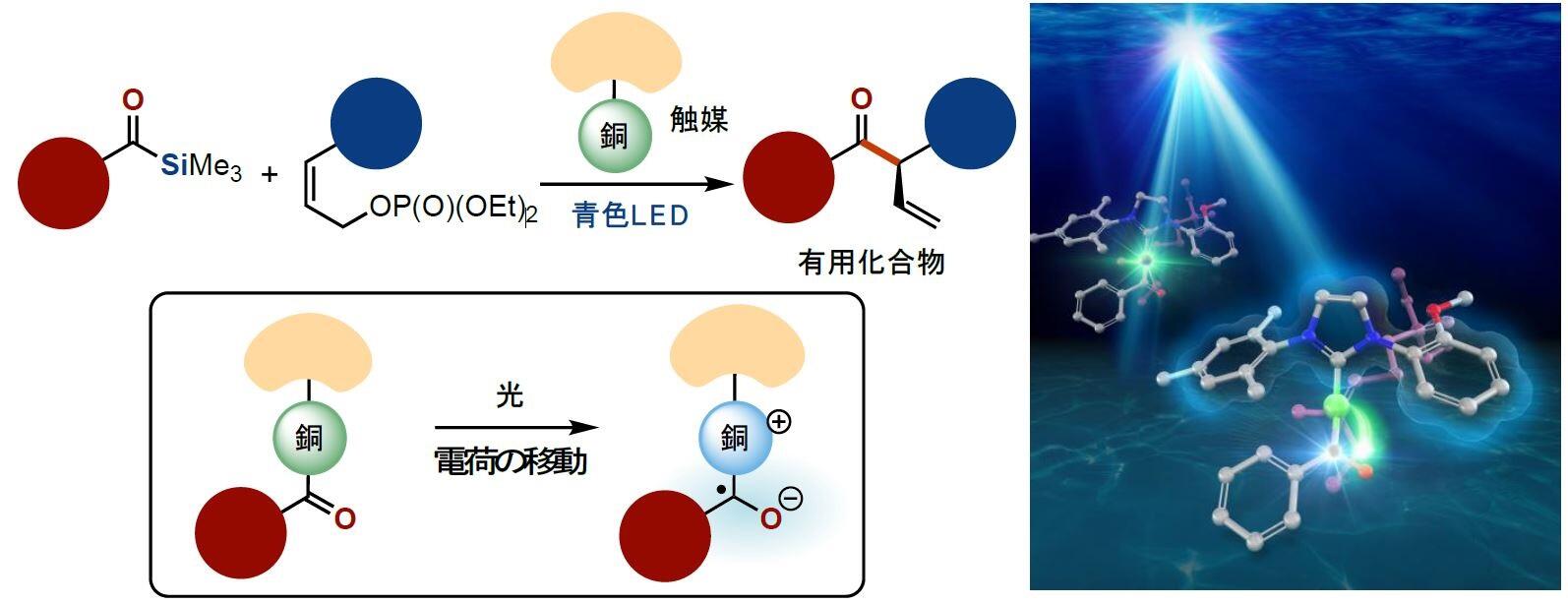SAWAMURA Masaya
Professor
Exploration of Novel Organic Chemistry and Knowledge Creation
Department of Chemistry, Organic and Biological Chemistry

| Theme | Molecular design of organic synthesis catalysts, Development of new chemical reactions, Development of catalytic asymmetric synthesis methods, Theoretical elucidation of chemical reaction mechanisms |
| Field | Organic Synthesis, Organometallic Chemistry, Catalysis Chemistry, Asymmetric Synthesis |
| Keyword | Organic Synthesis, Organometallic Chemistry, Catalysis Chemistry, Asymmetric Synthesis, Phosphines, Ligands, Transition Metal Complexes, Solid Surface, Polymers, Theoretical Calculations, Chirality, Environment-benign Synthesis, Sustainability, Cross-coupling, C–H Activation, Molecular Recognition, Artificial Enzymes, Farmaceutical Compounds, Organic Electronic Materials |
Introduction of Research
Our dream is to produce beautiful organic synthesis catalysts that has excellent and versatile functions to achieve ground-breaking new chemical reactions. We are “molecular creators”, who design and develop currently unseen new structures with new functions through combining knowledge of different disciplines such as organic synthesis, coordination chemistry, surface science, computer graphics, and quantum chemical calculations. High-performing organic synthesis catalysts have invariably a beautiful shape and behave beautifully, thereof creating further new knowledge. Thus, organic synthesis catalysts are the greatest subjects for the molecular designers. Formative chemistry and chemical reaction theory, imagination and logic, thinking and doing, intellect and passion, individuality and cooperation; these are mixed together in a romantic and exciting world. This is our playground. In such a world, our team are single-minded to explore new chemistry, exerting our efforts to realize our dream. Notably, the method of our catalyst exploration has a unique feature. That is, we aim at exploring a new field, which has not been seen by anyone but must exist beyond molecules, such as catalysis with chemically functionalized solid surfaces and molecular assemblies. To this end, we are spending our research life with humility and curiosity, and courage and passion to try to learn as much as possible from neighboring research fields such as life sciences and physical chemistry as well as other brand-new interdisciplinary fields. By achieving small objectives of each member and then sharing and accumulating our delights, we are making incremental steps toward realizing our dream.
Representative Achievements
Y. Ueda, Y. Masuda, T. Iwai, K. Imaeda, H. Takeuchi, K. Ueno, M. Gao, J. Hasegawa, M. Sawamura, J. Am. Chem. Soc., 2022, 144, 2218–2224.
Z. You, K. Higashida, T. Iwai, M. Sawamura, Angew. Chem. Int. Ed., 2021, 90, 5778–5782.
R. Murakami, K. Sano, T. Iwai, T. Taniguchi, K. Monde, M. Sawamura, Angew. Chem. Int. Ed., 2018, 57, 9465–9469.
M. C. Schwarzer, A. Fujioka, T. Ishii, H. Ohmiya, S. Mori, M. Sawamura, Chem. Sci., 2018, 9, 3484–3493.
K. Hojoh, H. Ohmiya and M. Sawamura, J. Am. Chem. Soc. 2017, 139, 2184–2187.
| Academic degree | Dr (Eng) |
| Academic background | 1984 B.Eng. Department of Synthetic Chemistry, Faculty of Engineering, Kyoto University 1989 Dr. Eng. Department of Synthetic Chemistry, Graduate School of Engineering, Kyoto University 1989 Assistant Professor, Kyoto University 1993 Researcher, Harvard University (U.S.A., –1994) 1995 Assistant Professor, The University of Tokyo 1996 Lecturer, The University of Tokyo 1997 Associate Professor, The University of Tokyo 2001 Professor, Department of Chemistry, Faculty of Science, Hokkaido University |
| Affiliated academic society | The Chemical Society of Japan, The Society of Synthetic Organic Chemistry, Japan, Catalysis Society of Japan, Kinka Chemical Society, American Chemical Society |
| Project | Institute for Chemical Reaction Design and DIscovery (WPI-ICReDD), Hokkaido University Grant-in-Aid for Scientific Research on Innovative Area, MMEXT, Japan Precise Formation of a Catalysts Having a Specified Field for Use in Extremely Difficult Syubstrate Conversion Reactions –Precisely Designed Catalysis with Customized Scaffolding– |
| Room address | Faculty of Science Building 6 6-605 |


